Heather, scientifically known as Andromeda, Calluna, Daboecia, and Erica spp., is an incredibly resilient plant that can withstand deer, rabbits, aphids, and diseases. Despite its tough exterior, heather boasts a delicate beauty that is unique to its species. This plant has adapted to thrive in various environments, even those considered inhospitable. Heather blooms in colors ranging from bright white to neon pink, making it the perfect addition to any dull winter garden or a low-maintenance option for scorching summer months.
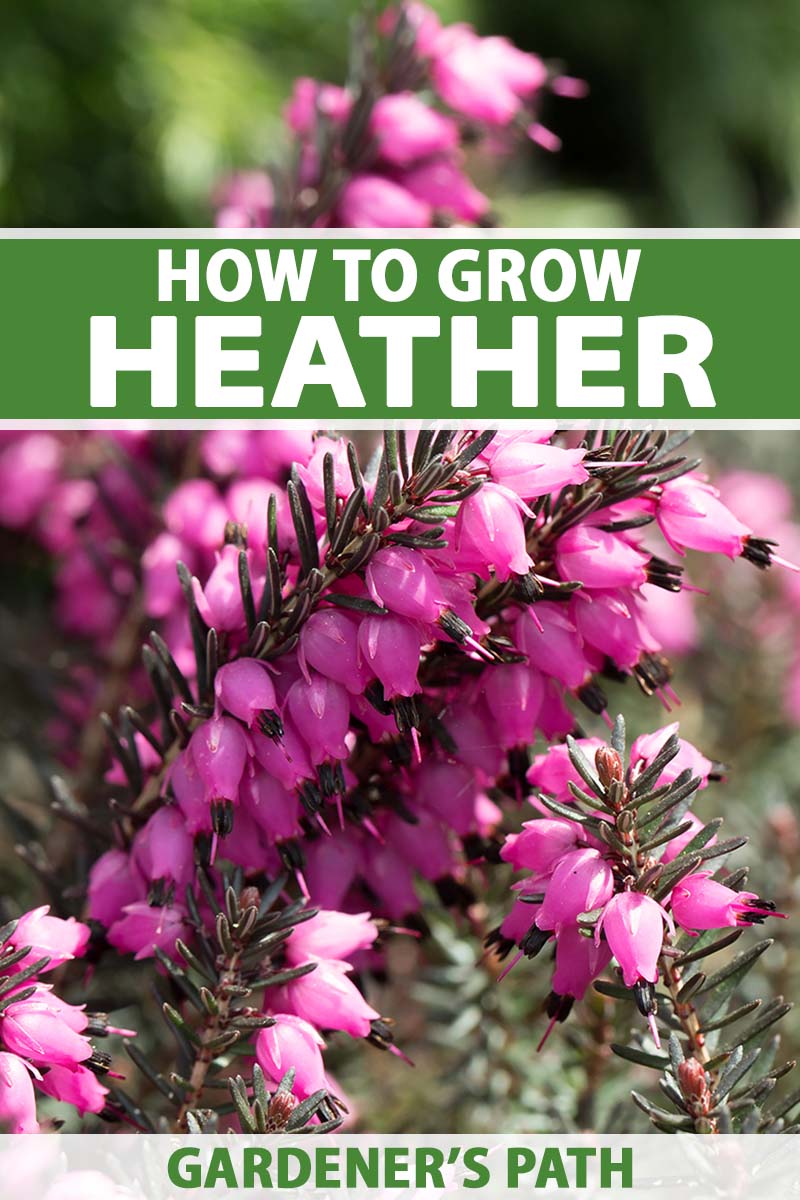
Our website contains affiliate links that may earn us a commission if you decide to make a purchase through them. I initially became attracted to heathers because of their low maintenance requirements, but their range of colors in both foliage and flowers captured my attention. If you feel the same way, we can help you select the right heather specimen for your garden and provide tips on how to care for it depending on your geographic location. Throughout this guide, you will learn about the cultivation, history, propagation, and species of heathers, as well as how to grow and maintain them. We’ll also provide a quick reference growing guide and tips on managing pests and disease. So, relax and enjoy your heather without worrying about rigorous upkeep.
Heather plants belong to the Ericaceae family and are part of the Calluna, Erica, or Daboecia genus, including Andromeda species (bog rosemary). The C. vulgaris, also known as true heather, Scotch heather, summer heather, or ling, is the only plant in the Calluna genus. Erica species are called winter heathers, even though not all of them bloom in the winter, while Daboecia species blossom during summer.
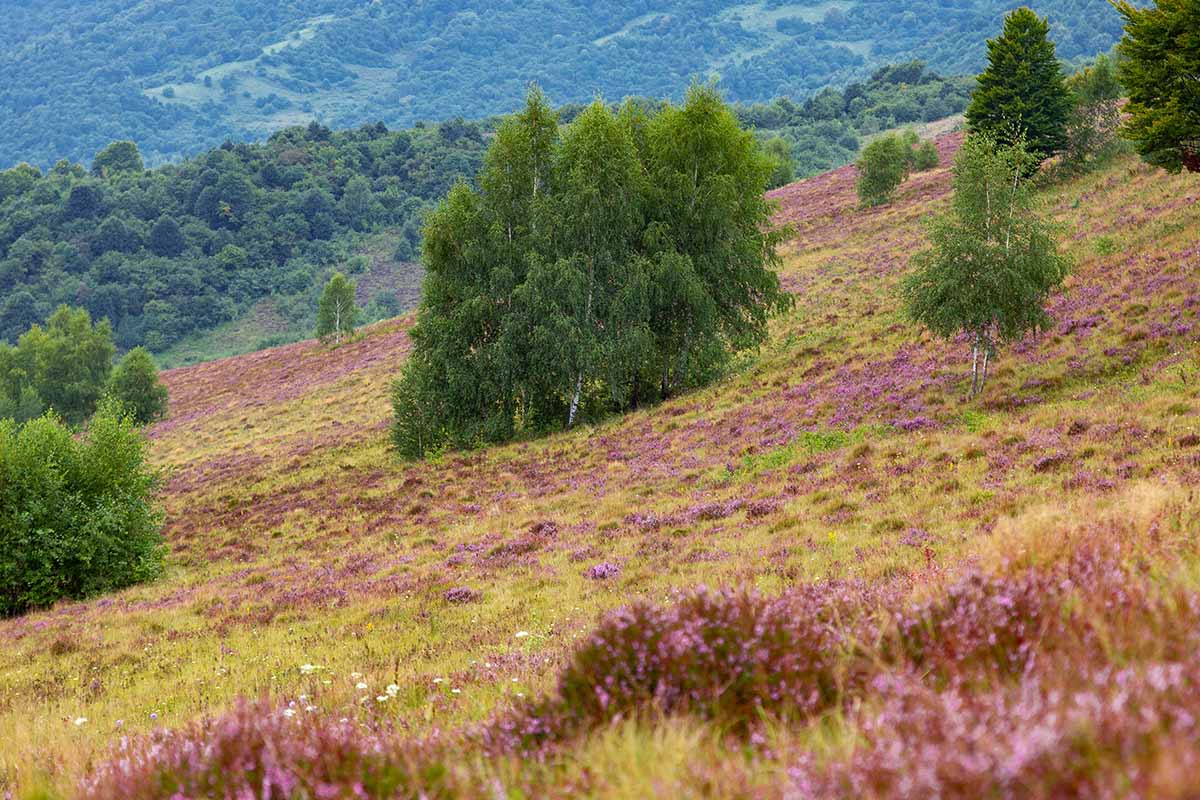
These plants are known for their woody, evergreen perennials that typically grow to be under two feet tall and have small, scale-like leaves. They also boast small but abundant flowers in shades of white, purple, red, pink, or mauve. Heather is native to a variety of regions around the world, including North America, temperate Asia, Africa, the United Kingdom, Ireland, northern Europe, and parts of the Mediterranean. Generally speaking, heathers can be grown in USDA Hardiness Zones 2 to 8, with some hardy enough to survive in Zone 2. However, some types of heather, such as Scotch heather, can become invasive in certain areas. It’s also essential to differentiate between true heather and Mexican or false heather. While they may look similar, they are entirely different plants from distinct families. Similarly, Ericas and heathers may appear similar, and they have comparable growing requirements. Some of the most popular species and hybrids of heather include E. carnea (winter), E. cinerea (summer), E. ciliaris (summer), E. x darleyensis (winter), E. erigena (winter), E. mackaiana (summer), E. vagans aka Cornish (summer), D. cantabrica aka Irish (summer), and D. x scotica (summer). There are many other hybrids and cultivars available, thanks to years of breeding efforts. To keep these plants happy, you’ll want to provide them with acidic, moist, well-draining soil.
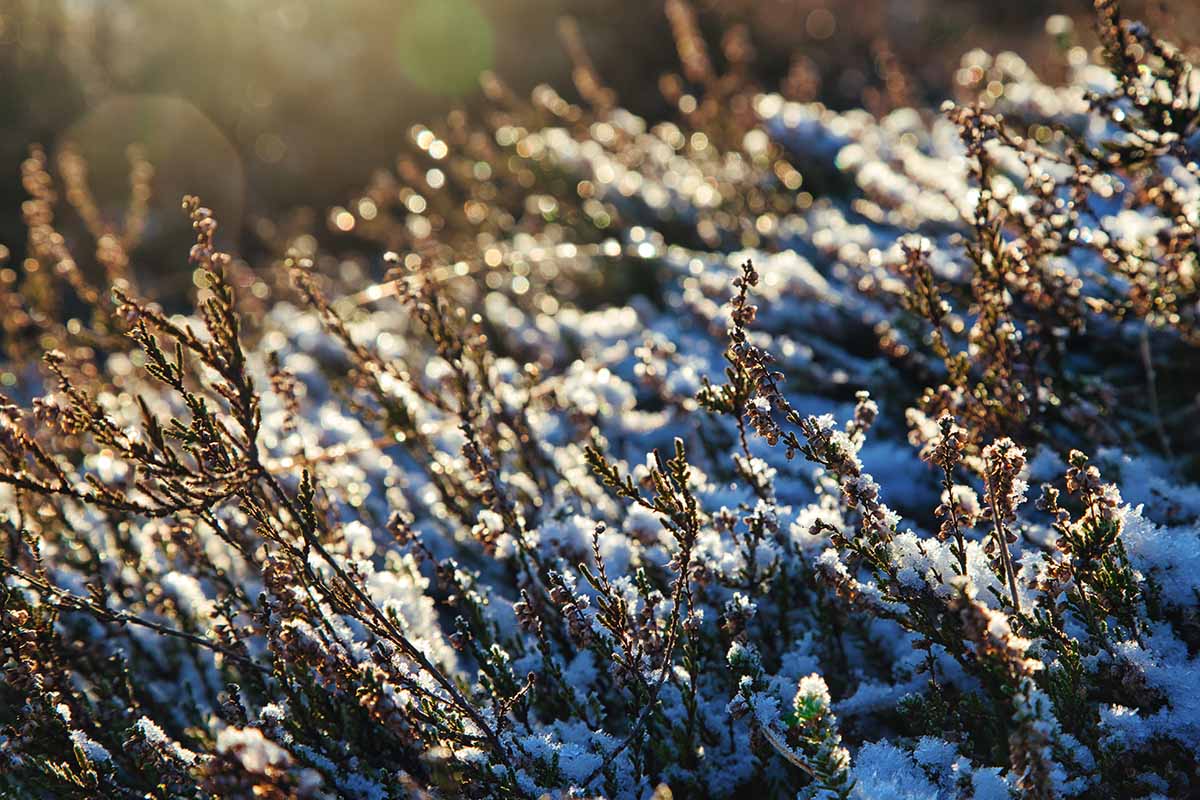
Heather is a surprisingly hardy plant that can withstand frigid temperatures down to 4°F without difficulty. In fact, it’s even been found growing at elevations above 8,000 feet in Switzerland and in places like Iceland and the Faroe Islands. Despite being so resilient, heather is prized by many different cultures for its versatility. South Africa alone boasts hundreds of native species, while England and North America have just a dozen or two each.
Historically, heather has been used for a variety of purposes, from building huts and roofs to making brooms and even beer. Its usefulness has led to cultivation for both practical and decorative purposes, and records show that it has been carried around the world for centuries. The first mention of imported heather in North America goes back to the early 1800s.
While purchasing plants from a nursery is certainly an option, there are many ways to propagate heather if you’re up for a challenge.
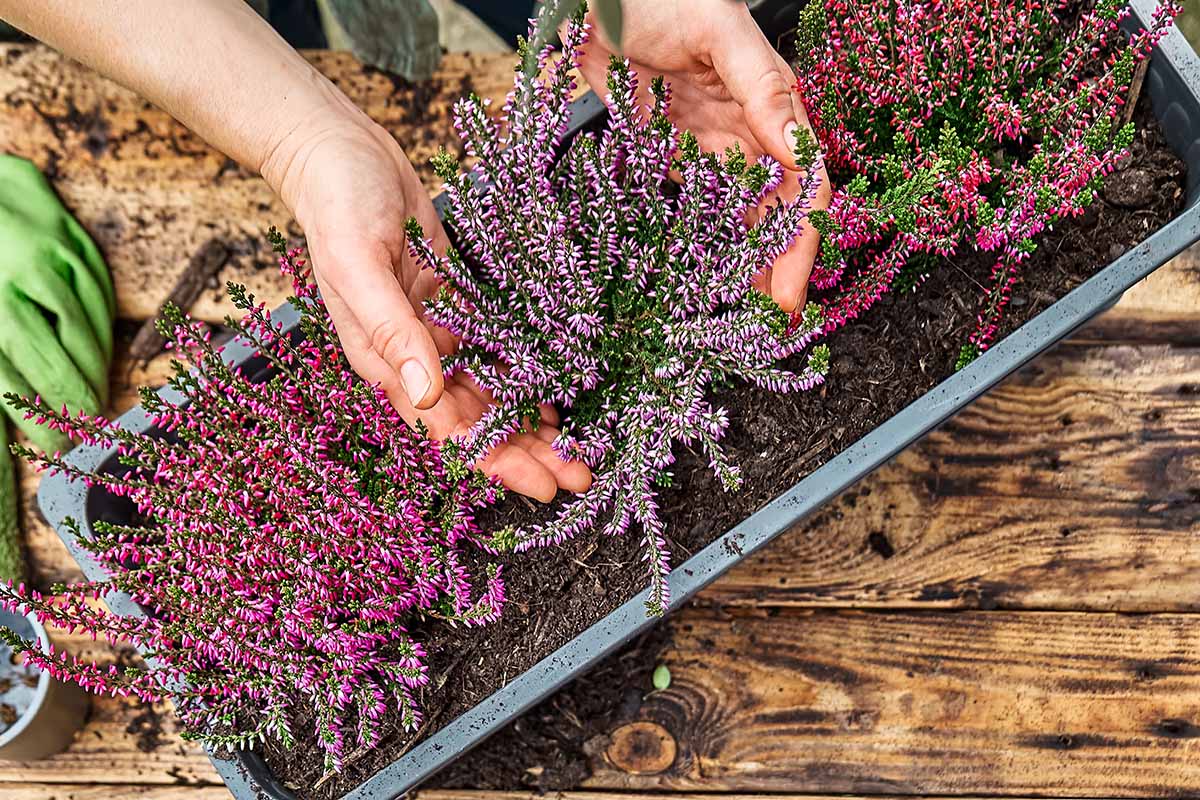
If you admire a plant in your neighbor’s yard, don’t hesitate to ask if you can take cuttings or do some layering. Otherwise, you can purchase or collect seeds for planting. Growing heather from seed is possible, but the resulting plant may not resemble the parent plant. However, this can also lead to discovering unique and beautiful specimens. Hybrid plants should not be used for collecting seeds as they are sterile. If you wish to create a plant with specific characteristics, hand pollination is required. After pollination, isolate the plants indoors or in a greenhouse until you can harvest the seeds. Wait until the capsule is dry and falls off the plant before collecting. Sow the seeds in early fall, about an inch apart on a loamy, slightly acidic seeding medium. Keep the soil moist, and wait patiently for two to three months for the seeds to germinate. Once the seedlings emerge, pinch the tops to encourage bushier growth. To propagate heather through cuttings, timing and stem selection vary by species. Cuttings of C. vulgaris and Daboecia should be taken in the middle of summer, while Erica cuttings are best taken in the summer before blooming. Avoid using flowering branches for cuttings.

Gently and slowly remove a cutting by peeling it off the main stem while making sure that a little bit of “heel” is removed along with the stem. Next, put the cutting in a four-inch pot filled with a mixture of half sand and half well-rotted compost, and firmly press the medium around it before watering it thoroughly. Afterward, cover the pot with a plastic bag, ensuring that the plastic doesn’t touch the cutting by tenting it away from the pot using a pencil or chopstick. Place the pot in an area with bright but indirect light and consistent temperatures. Make sure to check the soil daily and keep it moist but not soaked. Also, watch out for any signs of mold or mildew, and apply copper fungicide every two weeks until the fungus disappears. If you don’t already have copper fungicide in your gardening supplies, Monterey’s Ready-To-Use liquid copper fungicide can be purchased in a 32-ounce spray bottle at Arbico Organics.
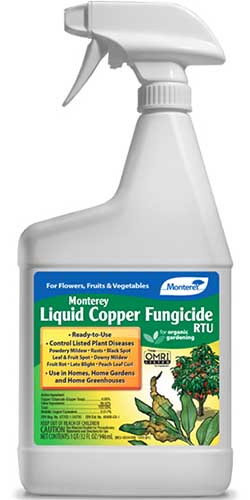
If you’re using Monterey Liquid Copper Fungicide to grow heather, it’s important to know when your cuttings have successfully rooted. Look for new growth or resistance when giving the cutting a tug after four to five months. If there is no progress after six months, the cutting has failed and should be discarded. Once your cuttings have several new leaves and the weather is frost-free, plant them in the garden as you would with a transplant. Make sure to harden the cutting off for about a week before setting it in the ground. For seedlings or transplanting, remember that heathers have long, deep roots, so take care when removing them from their container and dig a deep enough hole.
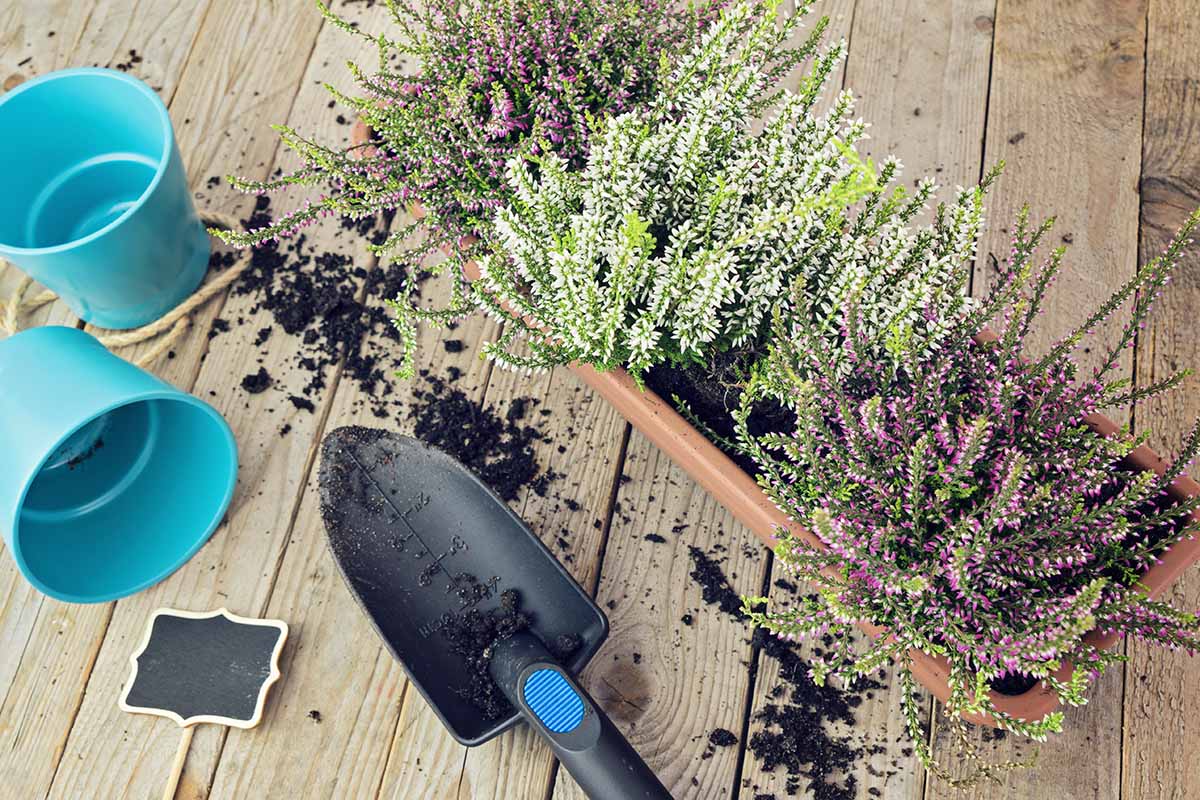
To plant a seedling, dig a hole that is triple the depth and twice the width of the longest stem. After removing the plant from its container, hold it over the hole and ensure that the crown sits at the level it was in the container. Place the transplant or seedling into the hole and fill the hole with loosened soil while holding the plant. Add extra soil and water well if necessary.
My preferred method of propagating heathers is through layering as it requires minimal effort. To propagate, gently pull down an external branch on multiple sides of the plant and create a trench where the branch will lie. Press the branch into the ditch, cover with soil, and use rocks or bent wire to secure it in place. Ensure that the tip is above the soil and pointed upwards. Water the plant regularly and let nature take its course. The buried section will sprout roots in about nine months. Remove the anchor and tug the cutting – if it feels firm and displays new growth, it’s time to dig it up. Cut the branch away from the main plant and carefully remove the full root structure by digging six inches deep and three inches on either side of the cutting.
If you reside in a cool and wet area like the Pacific Northwest, you have ideal conditions for growing heather. However, for authentic scotch heather (Calluna vulgaris), you need to live in an environment similar to Scotland and England, where it is native. The soil pH should be below 6.5 and relatively moist but still well-draining, although certain species can tolerate neutral or alkaline soil.
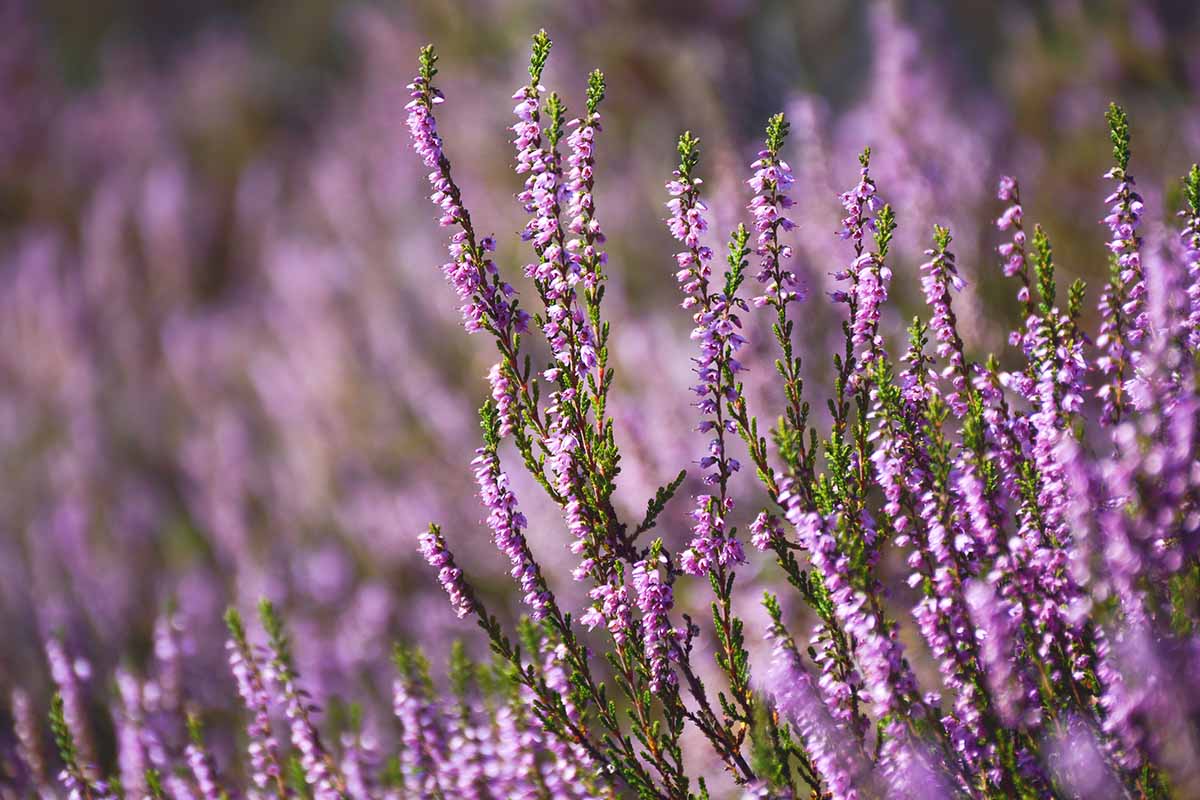
For optimal growth, most species and cultivars of heather prefer full sun, except in areas with extremely hot summers where a bit of afternoon shade can be beneficial. Insufficient sunlight, less than six hours per day, will result in weak and poorly blooming plants. If your soil is not naturally acidic, you can consider growing heather in raised beds or containers instead of attempting to modify the pH level, which can become a never-ending struggle and leave your plants unsatisfied. However, some species like E. carnea, E. erigena, E. x darleyensis, E. x griffithsii, D. cantabrica, or D. x scotica can grow well in neutral to alkaline soil with a pH level up to 8.0. Most heather species require consistently moist soil, but they can tolerate a slightly dry topsoil without causing severe damage. After becoming established, they can even withstand occasional droughts. For those living in arid regions, choosing a species that can withstand heat and drought is advisable. Although heathers are usually associated with cooler climates, it is possible to cultivate them in warm regions such as California and Nevada, provided you choose the right species and location for optimal growth.
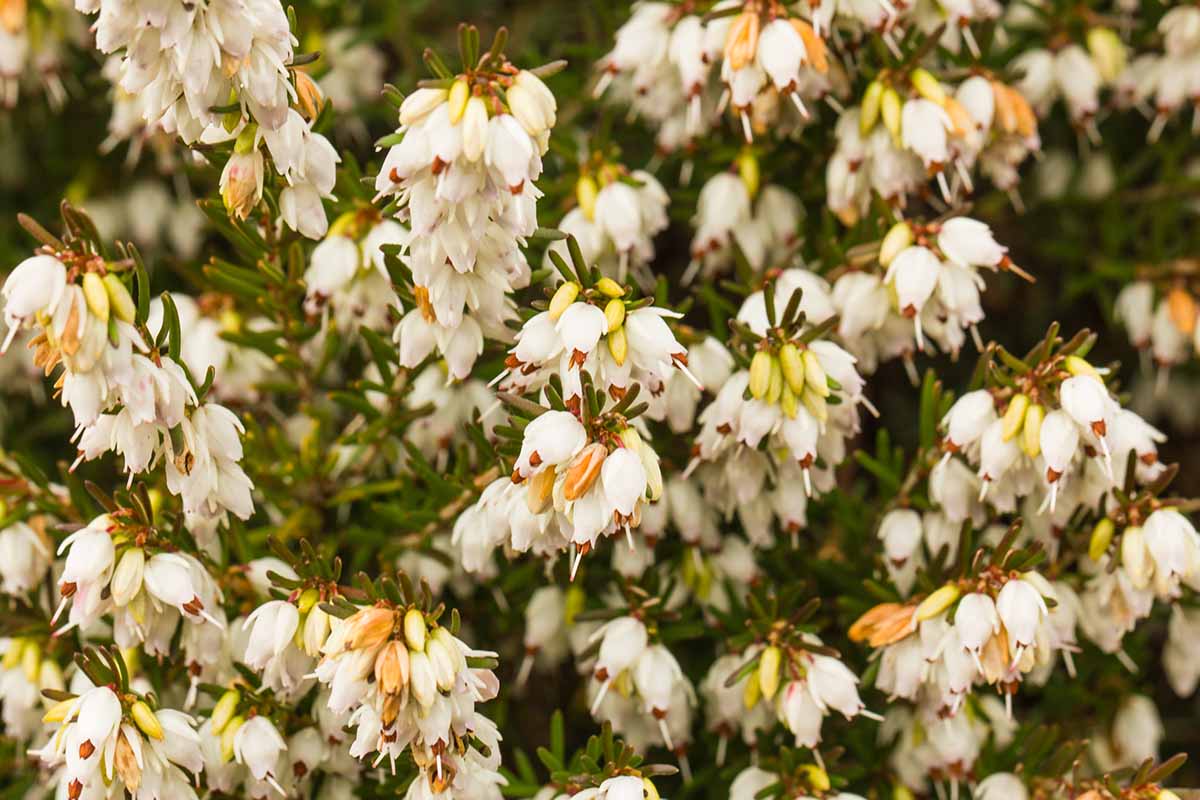
Tree heathers, Erica x darleyensis, and its various cultivars thrive in regions with long, dry summers, including western areas. Similarly, E. herbacea, C. vulgaris, and E. vagans varieties such as ‘Springwood White,’ ‘Sister Anne,’ ‘Californian Midge,’ and ‘Mrs D.F. Maxwell’ are also ideally suited for warmer, drier weather conditions. For optimal growth, ensure they receive full sun and keep the soil moist, while providing some afternoon shade may also be beneficial. When it comes to fertilizing, heather plants do not require extensive care since they can easily grow on rocky and windy hillside regions near the ocean. Thus, you can avoid the need for fertilizer entirely by providing mulch.
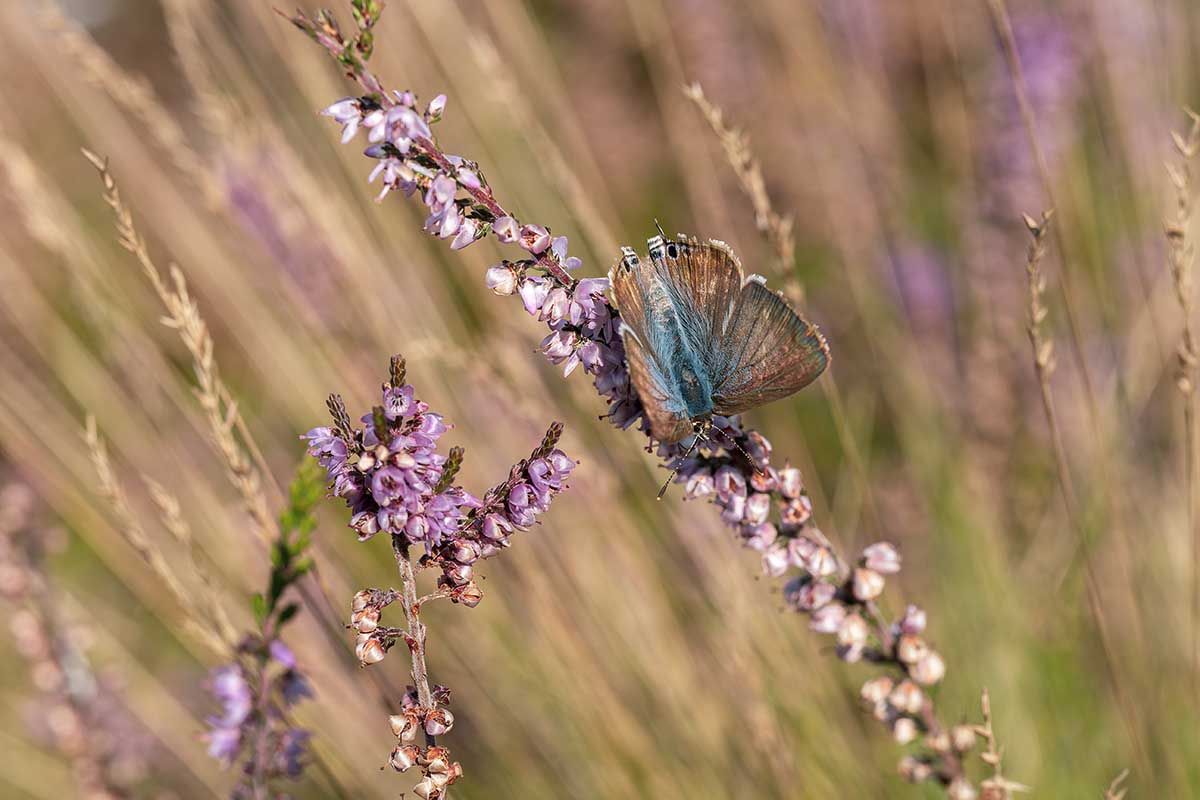
If you’re growing potted heathers, don’t forget to give them some nutrition! Ericaceous plant food is the way to go, and you can get a great one from Down to Earth. They offer an acid-loving plant mix that works like a charm. You can buy it in a one, five, or 15-pound size at Arbico Organics. Depending on the type of heather you have, you’ll need to apply it in either spring or fall. This will help your summer-blooming heathers thrive or ensure your winter types stay healthy.
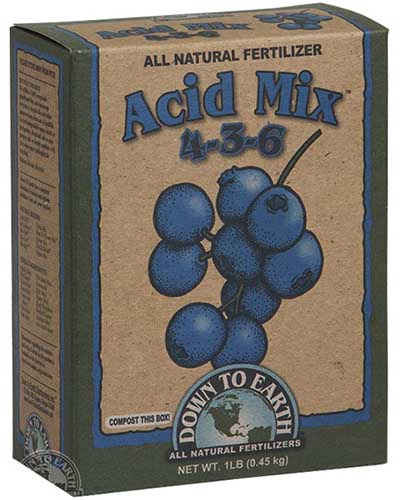
For a natural and effective way to fertilize your heather plants, consider using a mix of well-rotted compost and peat moss in equal parts. Although the use of peat is generally discouraged due to its limited availability, it is a perfect match for heather as it helps maintain the ideal acidic soil environment. When it comes to growing heather, it’s important to plant them in full sun and keep the soil moist until they are established. For potted plants, it’s recommended to fertilize them once a year. To maintain the health and vigor of your heather plants, add mulch every year either in the spring for summer types or in the fall for winter types. Leaf mold, peat moss, or shredded wood like pine are all great options for mulching.
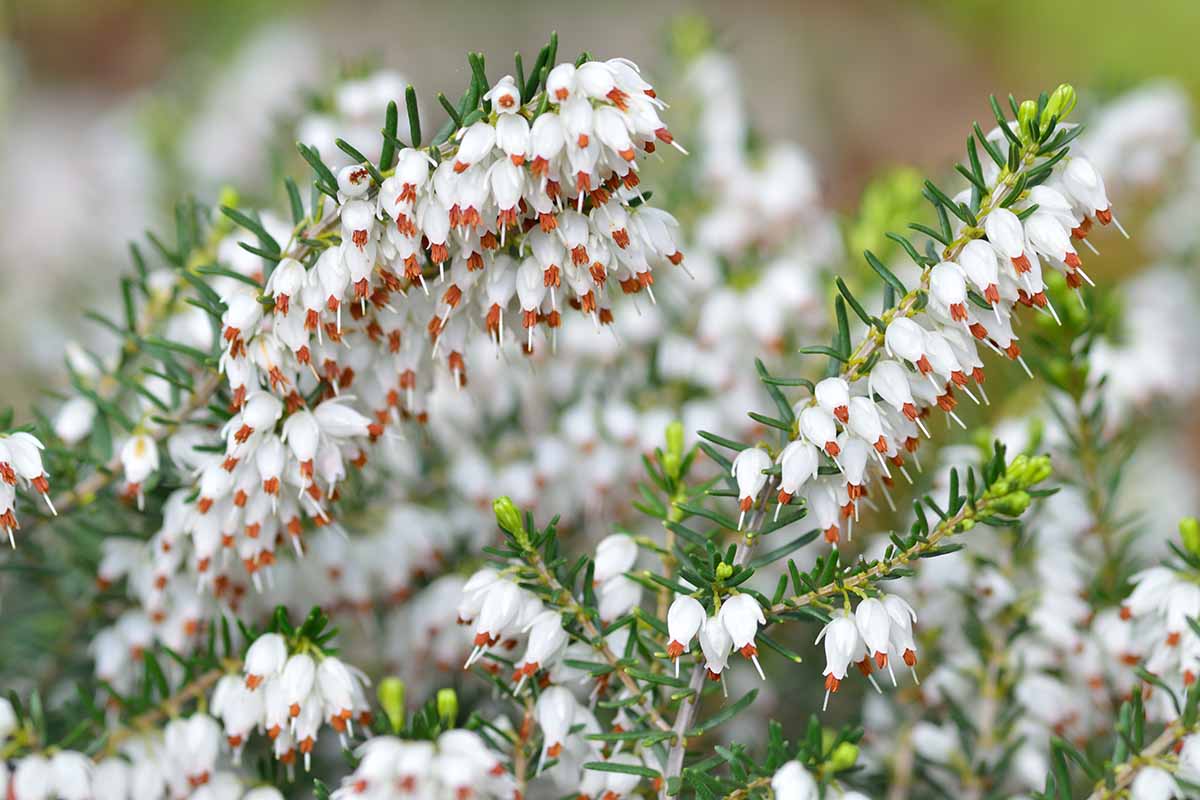
To keep your tree heathers healthy and looking great, it’s important to trim them regularly. During the first two or three years, lightly trim about a quarter of the length off of all stems in the fall. After that, only prune to remove dead or diseased wood and spent blossoms. For C. vulgaris and Daboecia, cut flower heads off in February or March before new growth and blooming starts, and cut back stems by about a third. Be careful not to prune into bare wood, as this will result in an unsightly bare stem. By following these pruning tips, you can help prevent leggy, woody growth and ensure optimal blooming.
 100vw, 800px” data-pin-description=”How to Grow Heather Plants in Your Garden | Gardener’s Path” data-pin-title=”How to Grow Heather Plants in Your Garden | Gardener’s Path” /></p>
</figure>
</div>
<div class=)
During March or April, winter-blooming Erica species require the same treatment after blooming and seeding. However, pruning should not be delayed as it may affect the growth of next year’s blossoms. For summer-blooming types, pruning should be done in the fall after flowering. Erica species such as E. x watsonii, E. x williamsii, E. x darleyensis, and E. x oldenburgensis can be pruned back by half or more to maintain their shape. If the leaves turn yellow, it is important to test the soil’s pH level as alkaline soil can cause the foliage to change its color. In regions that have extreme weather changes, like New England and parts of the northern midwest, trimming plants to the ground can encourage new growth to emerge.
There are beautiful heathers out there, and finding the best cultivars and hybrids for your area can be found in local nurseries. Big chains and home stores carry types that do well in most areas, but seeking out local stores or online shops can help find heathers that thrive in your environment. “Painted” heathers that are sold in nurseries or garden centers are covered in dye, and the bright color will only stay for a year or two at most. Cultivars like Albert’s Gold, E. arborea var. alpina ‘Albert’s Gold,’ have golden-green foliage that glows in the garden.
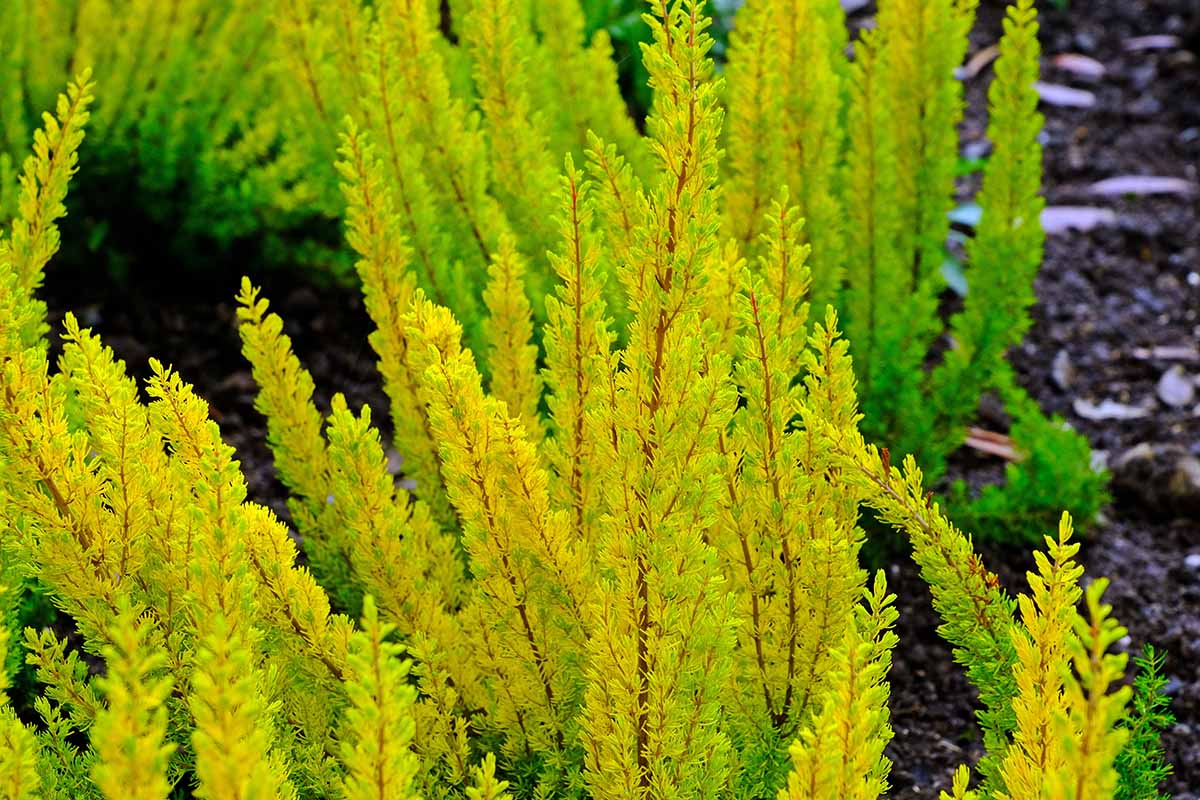
The white flowers are undoubtedly stunning, but the foliage of this plant is equally remarkable and worthy of praise. It typically blooms from February to March in most regions and has the botanical name C. vulgaris. The RHS has honored ‘Dark Beauty’ with the Award of Garden Merit, and it’s easy to see why. Its brilliant ruby-red flowers are a sight to behold, emerging in July and lasting until October. This cultivar is a mutation of another outstanding variety known as ‘Darkness’ and boasts rich, dark foliage while remaining very compact in size. If you’re looking for a tough heather that can handle a hot, dry, sunny location, then ‘Darley Dale,’ which belongs to the Erica x darleyensis species, is an excellent choice.
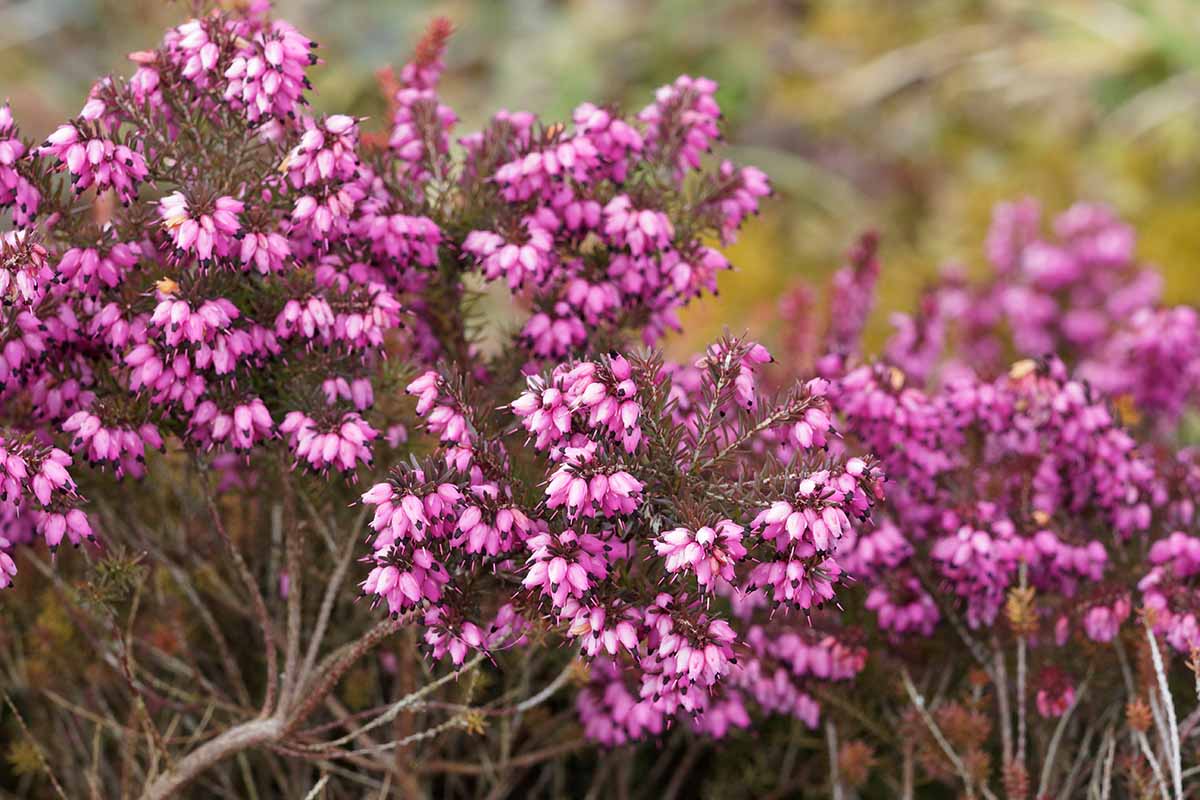
From December to April, the ‘Firefly’ cultivar of Calluna displays a breathtaking array of pink and purple flowers, providing a colorful spectacle throughout the winter season. Its stunning year-round colors have earned it the prestigious Award Garden of Merit from the RHS.
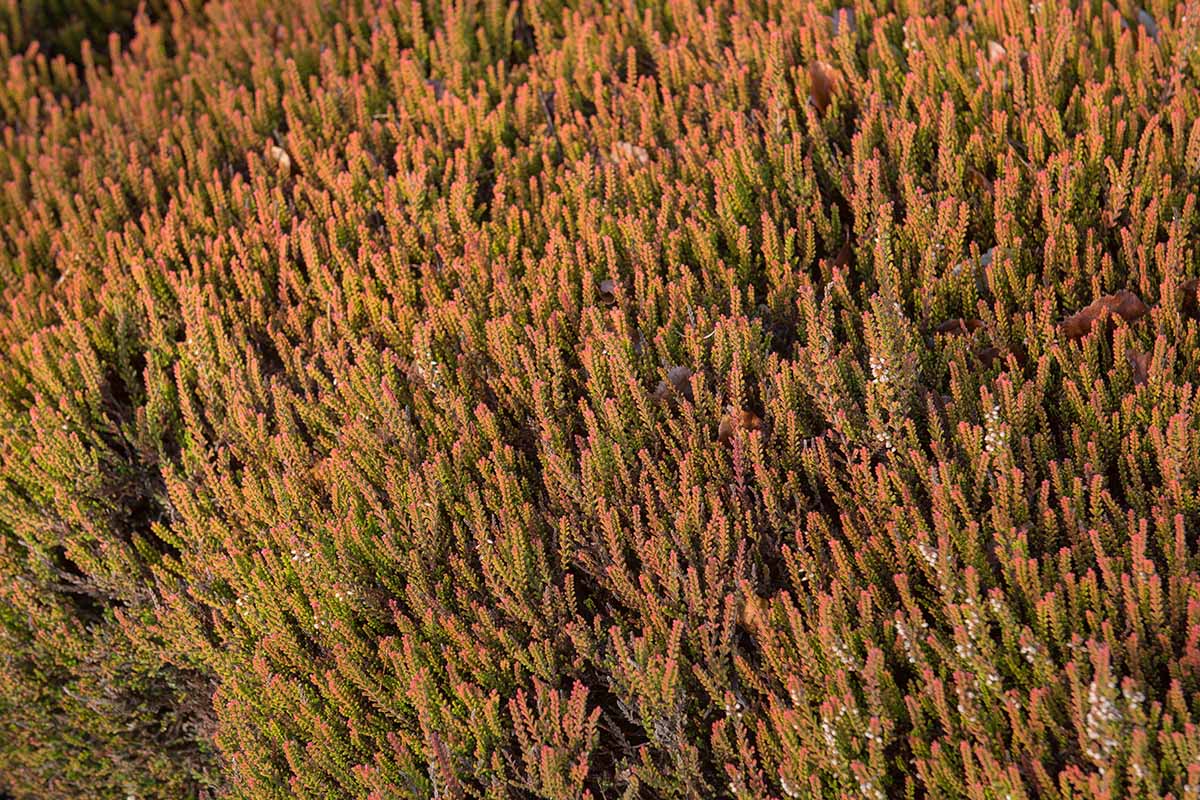
In a sea of green, the red-brown leaves of a certain plant stand out in the spring and summer months, then transform into a bright brick red come fall and winter. Adding to its allure, tall spikes of purple flowers bloom from August to October. This particular variety is known as ‘Kerstin,’ a cultivar of C. vulgaris with stunning mauve flowers in the summertime. Its gray foliage is complemented by pale yellow shoots that emerge during the winter, providing year-round interest. Another RHS Award of Garden Merit winner is ‘Silver Queen,’ also a C. vulgaris cultivar. Its silvery leaves are topped with lavender-mauve flowers in the summer, and unlike some cultivars, its foliage won’t fade or turn green in the winter. With a compact growth habit, it’s a versatile addition to any garden. Lastly, ‘Springwood White,’ a cultivar of E. carnea, thrives in dry, warmer areas. Its trailing growth habit is adorned with countless silvery-white, urn-shaped flowers that bloom consistently from December to May.
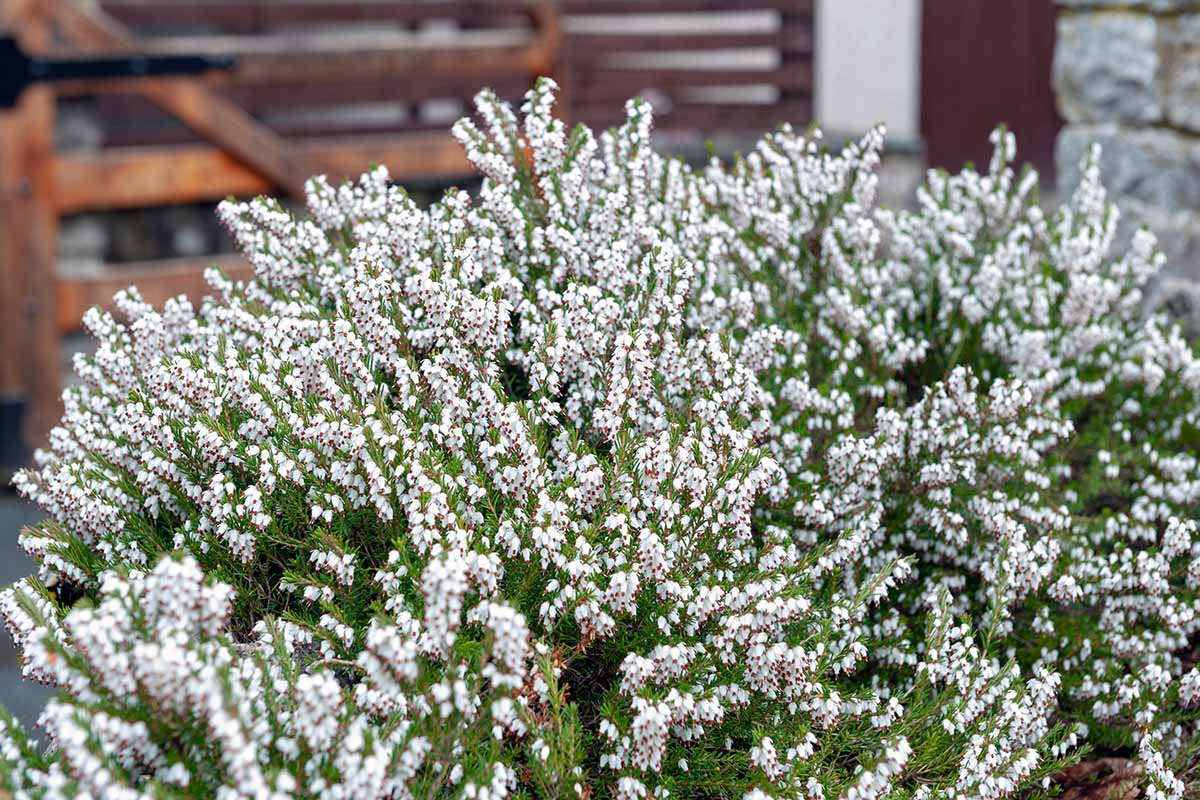
Looking for a plant that’s perfect for hanging baskets or winter container color? Look no further than this RHS award-winning plant that has been a Garden of Merit category winner since 1930. It’s a reliable and beloved plant that’s sure to add a touch of beauty to any space. Additionally, if you’re interested in a variation of this plant, consider the ‘Springwood Pink’ version, which features lovely bright pink flowers. If you’re a fan of Erica species and want year-round color interest, you can’t go wrong with E. carnea ‘Vivellii’.
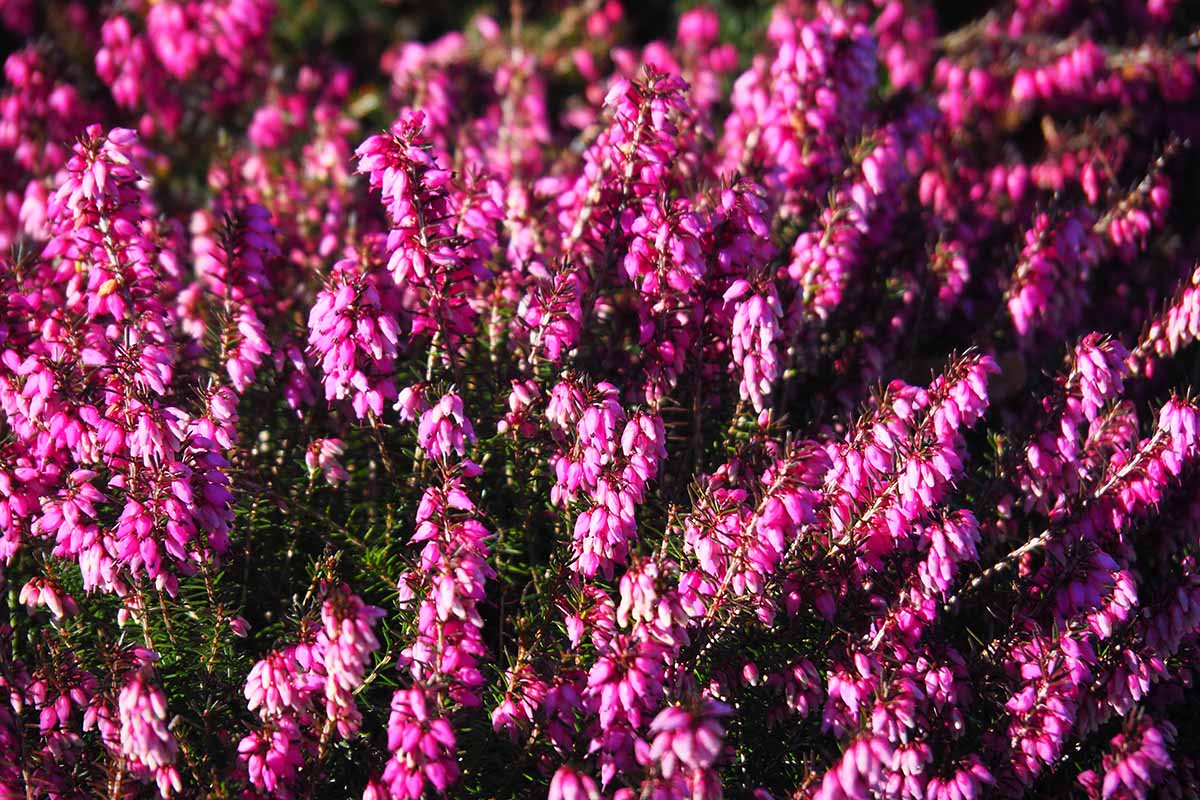
The beauty of the ‘Wickwar Flame’ Calluna cultivar is in its colorful foliage and vibrant blossoms. While its bright pink and purple flowers bloom from January through March, the leaves turn a deep bronze hue at the same time, before reverting to medium green for the rest of the year. This plant has won RHS Award of Garden Merit and provides four-season color, with foliage turning golden yellow and red during summer before taking on a bright copper-red shade in fall and winter. Although its mauve summer flowers are lovely, they play second fiddle to this plant’s stunning leaves.
While heather plants generally require minimal maintenance and are not prone to pests or diseases, no plant is entirely immune to problems. Heather may be a good choice for those seeking a pest-resistant plant, as they are not typically bothered by aphids. However, heather can still fall prey to pests such as scale and spider mites. Oystershell scale insects can quickly drain the life out of your plant by feeding on hardwood, but are easy to remove by scraping them off with a rubber scraper. Spider mites, on the other hand, are tiny arachnids that can cause shoots and branches to die off when their numbers build up.
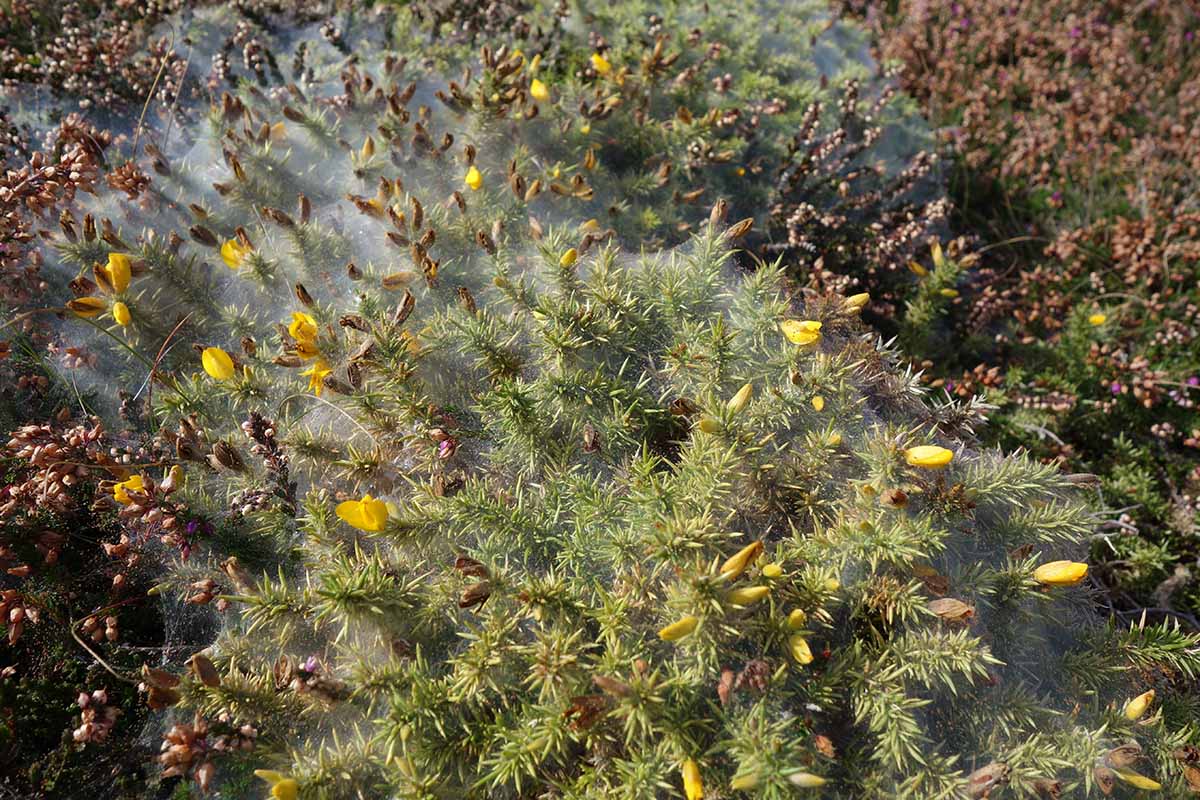
When searching for insects on your plants, keep an eye out for fine webbing instead of the insects themselves as they can be difficult to spot due to their small size. If you need guidance on how to treat these pests, check out our comprehensive guide. Generally, you don’t have to worry too much about diseases affecting your heather, but there are two to watch out for: powdery mildew and root rot. Powdery mildew is common in warm, dry climates with high humidity and shows up on young leaf tips, which initially turn red before changing to yellow and brown and eventually falling off. Treat it the same way you would with powdery mildew on other plants. Root rot can be caused by three types of pathogens, including fungi and water molds, and presents symptoms such as wilting and stunted growth. To prevent it, avoid overwatering your plants and water at the soil level. If your plant is infected, your best chance of saving it is to use a fungicide containing the beneficial bacterial strain K61. Follow the manufacturer’s instructions for application and reapply several times until the disease is gone.
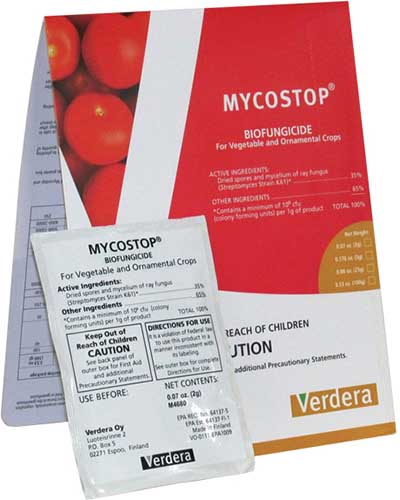
Discover the Mycostop Biofungicide, available in five- or 25-gram packets from Arbico Organics. This product is formulated with the amazing bacterium E. persoluta, which has innate resistance to root rot. With Mycostop, you can say goodbye to worries about root rot and enjoy a thriving garden instead.
Heathers are a great choice for gardens that have rocky terrain or lack nutrient-rich soil. They also make fantastic container plants and can thrive in rugged areas where other species may not survive. Additionally, heathers are an excellent option for gardens plagued by deer or rabbits. Make your garden stand out with the help of Mycostop and heathers!
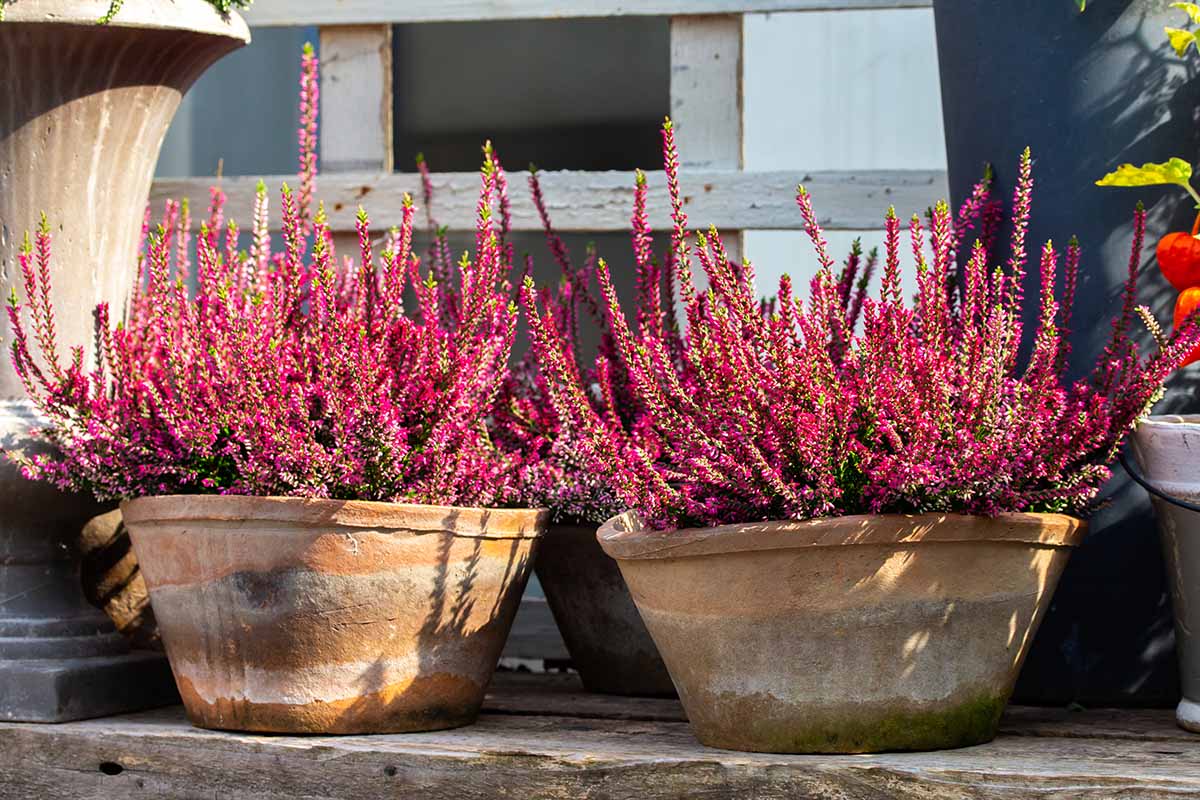
Growing winter-blooming plants like hellebores alongside other cold-season favorites such as rhododendrons and azaleas can add a pop of color to your garden. When planting heathers, consider grouping three or five together to make a statement, and allow them to grow informally for the best look. Avoid planting in extremely dry or soggy areas, and under trees. Heathers are a type of perennial woody evergreen plant that are tolerant of drought and hard freezes, and can thrive in well-draining soil with moderate water needs. They can attract bees and butterflies and reach a height and spread of up to 3 feet. There are many species of heathers that can be grown in various regions, making them much more adaptable than people may think.
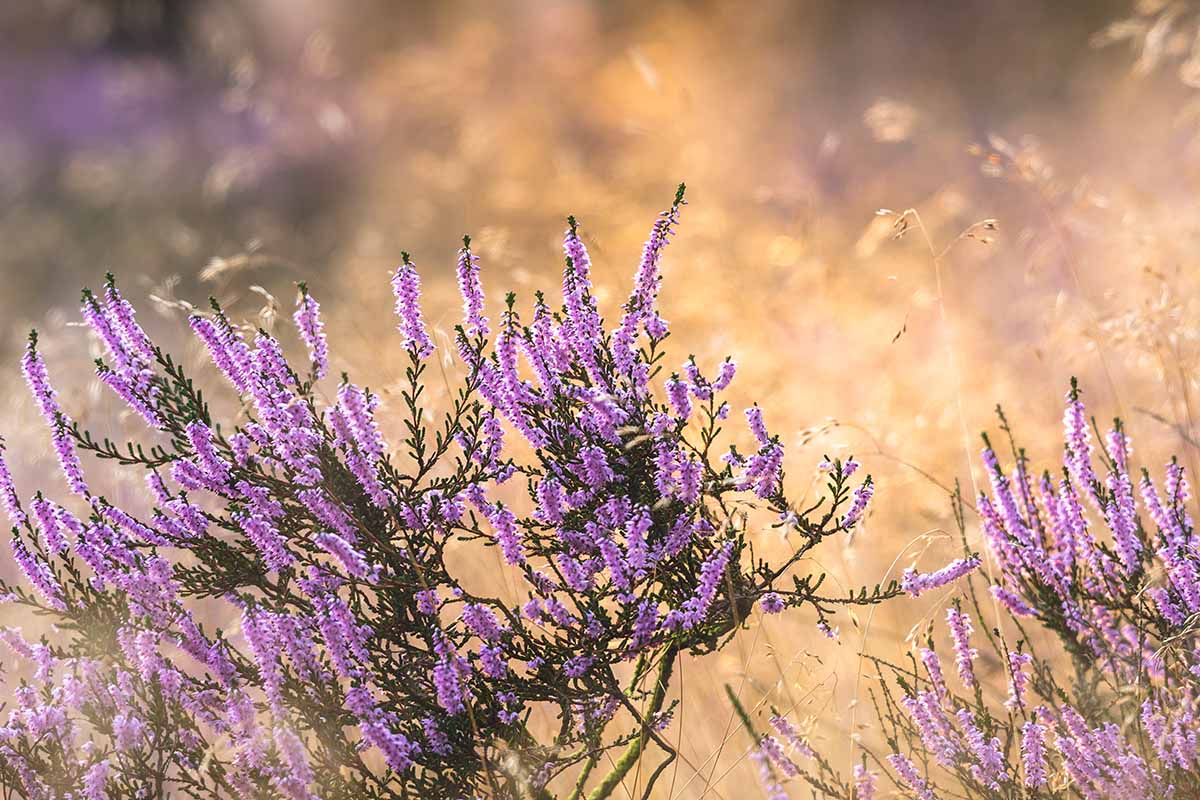
In addition, these plants are highly resilient against deer, pests, and diseases. Therefore, you can cultivate them without the need for extra attention to ensure their survival. Share with us the type of heath or heather you are planting by leaving a comment below! If you appreciate heathers for their ability to brighten up your garden during the gray winter season, check out these other flowering plants that may catch your eye: 15 top-notch flowering ground covers that can handle landscaping challenges, 17 temperate flowering perennials that thrive in almost any environment, and a guide on how to grow and take care of spirea bushes.
